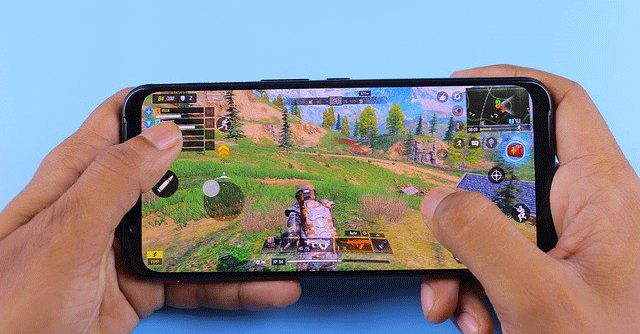
ARM’s Immortalis GPU brings hardware-based ray tracing to smartphones


British chip design company ARM Holdings has launched a new graphics processing unit (GPU) named Immortalis-G715 for flagship smartphones. Its key highlight is that it will bring hardware-based ray tracing to mobile devices.
Software-based ray tracing was introduced last year with Mali-G710. ARM said that MediaTek is already using it in its flagship Dimensity 9000 chipset.
Available until now on console and PC games, hardware-based ray tracing is a form of graphics rendering which uses dedicated RT cores in GPUs to simulate a real-world-like movement of light in a virtual world such as games. This results in more natural shadows, reflections, and refractions when light rays come in contact with other objects in the game.

Software-based ray tracing has been around for many years now. However, rendering light using software can take time. Hardware based racing has solved that challenge. It was one of the reasons real time tracings became common only after the introduction of dedicated RT cores in GPUs by Nvidia. According to Nvidia, RT Cores accelerate ray tracing by speeding up the process of finding out where a ray intersects with the 3D geometry of a scene.
Also read: Gaming influencers eye million-dollar deals through streaming platforms
ARM believes that ray tracing marks a “paradigm shift” in mobile gaming content. “The hardware acceleration of ray tracing in Immortalis-G715 will enhance gaming performance and bring more realistic and immersive experiences on future flagship smartphones,” the British company said.

ARM also claims that the Immortalis GPUs offer a 15% performance improvement over previous generations of high-end Mali GPUs used in many of the flagship smartphones.
The boom in mobile gaming has led chip companies to up the ante and offer hardware that can be leveraged by developers to offer more PC and console-like gaming experiences on smartphones.
In January, Samsung launched the Exynos 2200 system on chip (SoC) which includes a GPU based on AMD’s RDNA 2 graphics architecture. It is the first SoC in Samsung’s Exynos series that can leverage ray tracing.

Qualcomm’s latest flagship SOC Snapdragon 8 Gen 1 also supports desktop-class volumetric rendering, which can be used by game developers to offer more realistic fog, smoke, and particle effects in mobile games. It also supports Unreal Engine 5, which offers a dynamic global illumination and reflection system based on ray tracing.
Bringing features like ray tracing on mobile devices also makes sense as many of the console games can be played on smartphones through cloud gaming platforms such as Nvidia GeForce Now or Google Studio.
Mobile gaming accounted for 61% of the revenue generated by the global gaming industry in the March quarter of 2022, according to a May report by Data.ai and International Data Corporation (IDC). Mobile gaming is expected to generate $136 billion this year, while console and PC gaming is likely to generate $40 billion and $42 billion, respectively.

